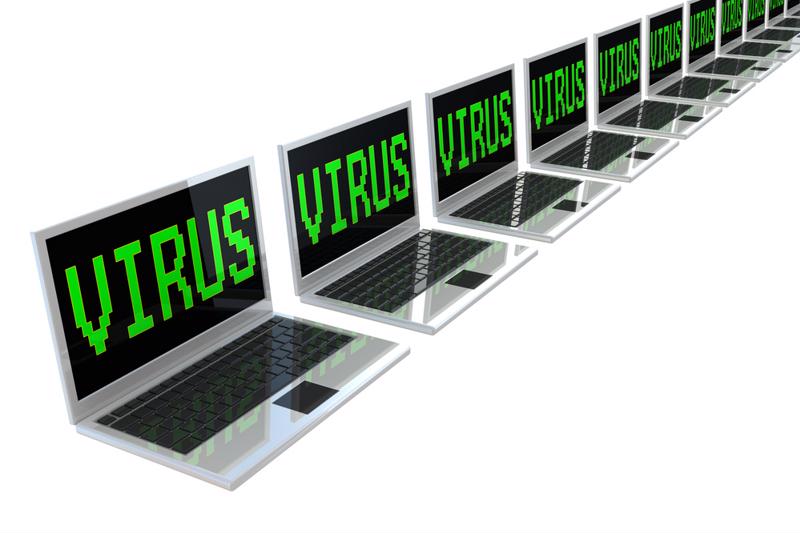With the arrival of spring, many people will naturally feel the need to do some spring cleaning, whether in their homes, cars, bikes or wardrobes. This time of the year is also a good opportunity to think about how “clean” your PC is, in terms not only of the cleanliness of its display, keyboard and body, but also the integrity and security of its operating system and applications.
Cleaning out the threats on your computer
Viruses and malware are major threats to these measures of PC health. According to the 2016 State of Malware report from Malwarebytes (which charted more than 1 billion infections over a 6-month period), there were several prominent areas of concern for internet users in particular:
- Ransomware: This type of malware, which demands payment for the return for stolen information, accounted for 66 percent of payloads delivered by spam and exploit kits in January 2016. Ransomware is both easy to execute (a full-service kit can be purchased for less than $40) and effective, especially now that encryption (which scrambles the stolen data) is such a common feature.
- Botnets: The rise of the Internet of Things has been a bonanza for botnets, which can now harness the computing power of literally billions of networked sensors, industrial infrastructures, and home appliances. Botnets can deliver distributed denial-of-service attacks, such as the one that targeted a major hosting provider in October 2016. That incident was caused by a botnet using 100,000 IoT devices.
- Advertising fraud: Web advertising generates revenue based on views and clicks. Some parties attempt to increase ad revenue through thousands of simulated clicks, carried out by malware that hijacks the user input on a PC or Mac. Ad fraud may be embedded within sophisticated programs such as Kovter that create bogus registry keys.
So what is the ideal strategy for addressing these threats? Any spring cleaning for your PC should include these best practices for personal security:
1. Use Safe Mode (on Microsoft Windows) to delete temporary files
Safe Mode is a Windows feature that allows you to boot your PC with only the bare minimum of essential programs and services. This setup allows you to avoid many forms of malware that attempt to load upon startup after infecting your computer.
“Once in Safe Mode, you can safely clear out temporary files.”
Once in Safe Mode, you can safely clear out the temporary files by using the Disk Cleanup utility. These files may contain important components for any malware that has been downloaded to your system. Avoid accessing the internet during this cleanup, so as to avoid encountering additional malware on websites.
2. Install a tune-up solution
Much malware takes advantages of unpatched applications and compromised files. By installing a PC tuneup solution, like Total Defense PC Tune-Up, you can go beyond built-in Windows utilities and rid your system of extraneous files while also patching up any vulnerable programs.
An added benefit of this approach is the ability to regain like-new performance. Malware often slows down the PC it infects, since it is frequently running in the background. Removing such threats along with the glut of temporary files can provide a much-needed speed boost.
 Spring is a good time to clean your computers of viruses and malware.
Spring is a good time to clean your computers of viruses and malware.3. Back up everything
You may want to go even further than the procedures we have outlined so far and do a clean install of Windows if the damage to your files and system performance is extensive. However, this route requires careful planning: You don’t want to wipe the slate clean without ensuring that everything is properly backed up.
There are several good options on this front. Local backup to an external hard drive is relatively quick, efficient and cost-effective, given the falling price of terabyte-capacity HDDs. Cloud-based backup is also becoming more popular.
Under the latter setup, users send copies of their files and programs to a remote site that is secured and managed by a service provider. A cloud solution is often safer and more capacious than anything that could be safely installed and managed at home or in a small office. Consider a scalable, automated solution such as Total Defense Online Backup.
Computer performance and security require constant vigilance. As you consider spring cleaning for your PC, be sure to apply similar discretion during the rest of the year to protect your data.





